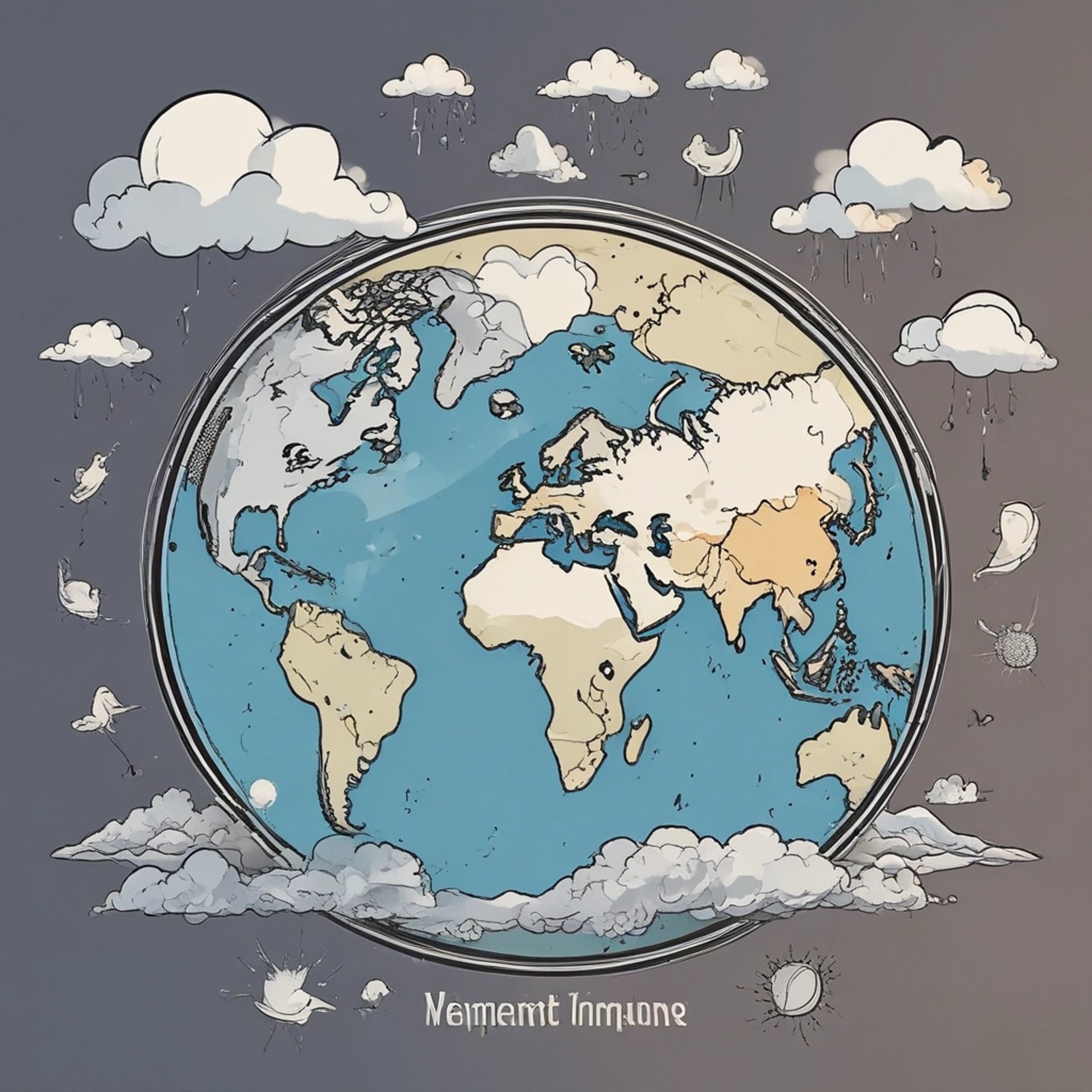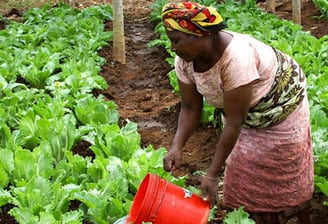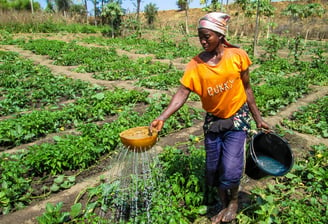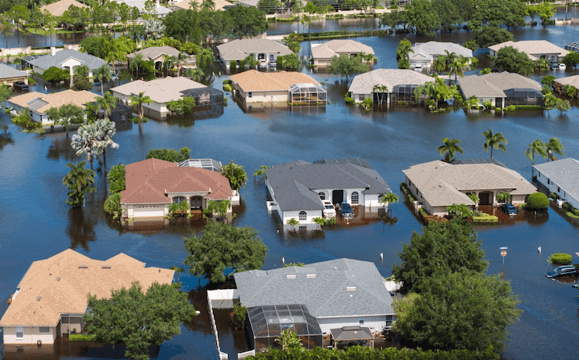
Empowering Resilience Against Climate Change.
Expert analysis and strategies for climate adaptation.
Risk Assessment
Identify vulnerabilities and mitigate climate risks effectively.
Sustainable Practices
Fostering long-term adaptability for communities.
Strategic Planning
Empowering Resilience Through Climate Analytics
Global temperatures continue to rise despite strengthened climate mitigation efforts, increasing the likelihood of climate disasters and posing significant risks to economies. The physical risks from climate change threaten public finances, investment, inflation, international trade, and overall economic growth, underscoring the urgent need for effective climate adaptation.
In an era where climate change poses significant threats to both natural ecosystems and human communities, we prioritize the analysis of climate data to inform our strategies. By examining historical and current environmental trends, we aim to equip local communities with the necessary tools to enhance their resilience against various challenges posed by climate fluctuations.
Our efforts focus on promoting sustainable practices that not only address immediate environmental concerns but also foster long-term ecological balance. Through collaborative initiatives, we engage with community members to implement innovative solutions that can thrive in changing conditions.
We strive to create a future where communities are better prepared to confront and overcome climate-related adversities.


150+
15
Trusted by Experts
Proven Impact
Climate Risk Solutions
Nature and climate risks are getting the attention they deserve — that’s a positive first step in addressing some of the greatest challenges that we, as a global community, face. Just this week, scientists announced that temperatures in 2023 reached 1.48°C above preindustrial averages, with the 1.5°C threshold that takes the Earth into an unsafe operating space likely to be breached in the next 12 months.
The World Economic Forum’s Global Risks Report 2024 named three key climate issues as critical challenges facing humanity: extreme weather events, critical change to Earth systems—which is a new entrant this year—and biodiversity loss and ecosystem collapse.
These climate-related risks sit alongside challenges like disinformation, geopolitical competition, and inflation as the definitive risks of 2024 and beyond. With climate challenges on the rise, it's crucial to leverage expert insights and strategic plans to improve resilience in at-risk communities. Taking a holistic approach, specialists can identify specific vulnerabilities and develop tailored strategies that address both immediate concerns and foster long-term sustainability.
Engaging the community is key to making sure local viewpoints are included in the planning process. This teamwork can lead to the introduction of innovative practices, like sustainable farming, effective water management, and renewable energy solutions.
Additionally, education and training programs are vital for providing residents with the knowledge and tools they need to adapt to changing environmental circumstances. We can help protect these communities' well-being, allowing them to flourish despite the challenges posed by climate change.


Data Analysis
Comprehensive examination of climate data to identify risks and enhance community resilience against climate change. In our fast-evolving world, data analysis is essential for grasping the effects of climate change. By diving deep into climate data, these services enable communities to pinpoint potential risks linked to environmental changes.
With analysis, stakeholders can identify patterns and trends that guide resilience planning, helping communities put in place strategic measures to reduce negative impacts.
This forward-thinking approach not only boosts preparedness but also encourages sustainable development, making sure local populations can adapt to the challenges of a warming planet.
By using data-driven insights, communities can build strong frameworks that support safety and sustainability amidst climate-related difficulties.
Adaptation Strategies
Climate change adaptation refers to actions that help reduce vulnerability to the current or expected impacts of climate change like weather extremes and hazards, sea-level rise, biodiversity loss, or food and water insecurity. As climate challenges continue to grow, it's vital to come up with and put into action effective strategies that not only lessen the impacts of climate change but also support long-term sustainability.
This requires a well-rounded approach that focuses on promoting renewable energy, improving energy efficiency, and embracing sustainable farming practices. Investing in green technologies and encouraging people to consume responsibly, communities can lower their carbon footprint and help create a healthier planet.
Moreover, it's important to have policies that protect biodiversity and boost resilience against climate-related disasters, which help safeguard both our ecosystems and our communities. Involving everyone—from government officials to local residents—ensures a united effort in tackling these urgent issues, paving the way for a more sustainable future for the generations ahead.
measure and reduce their carbon footprint: quantifying greenhouse gas (GHG) emissions enables organisations to set reduction targets and implement strategies to achieve them.
enhance resource efficiency: optimising the use of energy, water and materials reduces waste and environmental impact.
mitigate climate risks: identifying and assessing potential climate-related risks, such as extreme weather events or supply chain disruptions, allows organizations to develop contingency plans.
foster sustainability culture: integrating environmental and social considerations into organisational decision-making processes creates a culture of sustainability that encourages innovation and responsible practices.




Risk Assessment
Identifying vulnerabilities to mitigate climate change impacts effectively.
In recent years, the frequency and intensity of extreme weather events — ranging from hurricanes and wildfires to floods and droughts — have reached unprecedented levels.
In the 2010s and 2020s, for instance, heat waves in major U.S. cities have increased threefold, according to the Environmental Protection Agency. And, a 2021 study in the Annual Review of Public Health indicates that extreme droughts are increasing with rising global temperatures and changing precipitation patterns.
These events pose significant challenges to businesses across industries, disrupting operations, supply chains and financial stability. As these threats become more frequent, business leaders will want to consider the impact that potential extreme weather events can have on their organization’s critical operations so they can ensure resilience and sustainability.




Why do we need to adapt? And why is it so urgent?
Scientific studies show that the Earth is now about 1.1°C warmer than it was in the 1800s. This warming is causing widespread and rapid changes in our planet’s atmosphere, ocean and ecosystems. As a result, weather and climate extremes are becoming more frequent in every region of the world.
According to climate models, without significant climate action, the world is headed for 2.5 to 2.9°C temperature rise above pre-industrial levels this century, which is well above the safety limits established by scientists.
With every fraction of a degree of warming, the impacts of climate change will become more frequent and more intense – and adaptation will become that much harder and more expensive for people and ecosystems.
The urgency is especially great for developing countries, which are already feeling the impacts of climate change and are particularly vulnerable due to a combination of factors, including their geographical and climatic conditions, their high dependence on natural resources, and their limited capacity to adapt to a changing climate. Adaptation is also particularly important for women and young children, older populations, ethnic minorities, Indigenous Peoples, refugees and displaced persons, who are shown to be disproportionately affected by climate change.
Even in very positive scenarios in which we manage to significantly and swiftly cut greenhouse gas emissions, climate change will continue to impact our world for decades to come because of the energy already trapped in the system. This means cutting down emissions is only one part of our response to the climate crisis: adaptation is needed to limit the impacts and safeguard people and nature.
Get in Touch
Contact us to discuss climate strategies and resilience measures tailored to your community's needs and sustainability goals.
Sustainability
Mitigating climate risks through strategic adaptability measures.
Resilience
Adaptation
101-456-7890
© 2020. All rights reserved.
